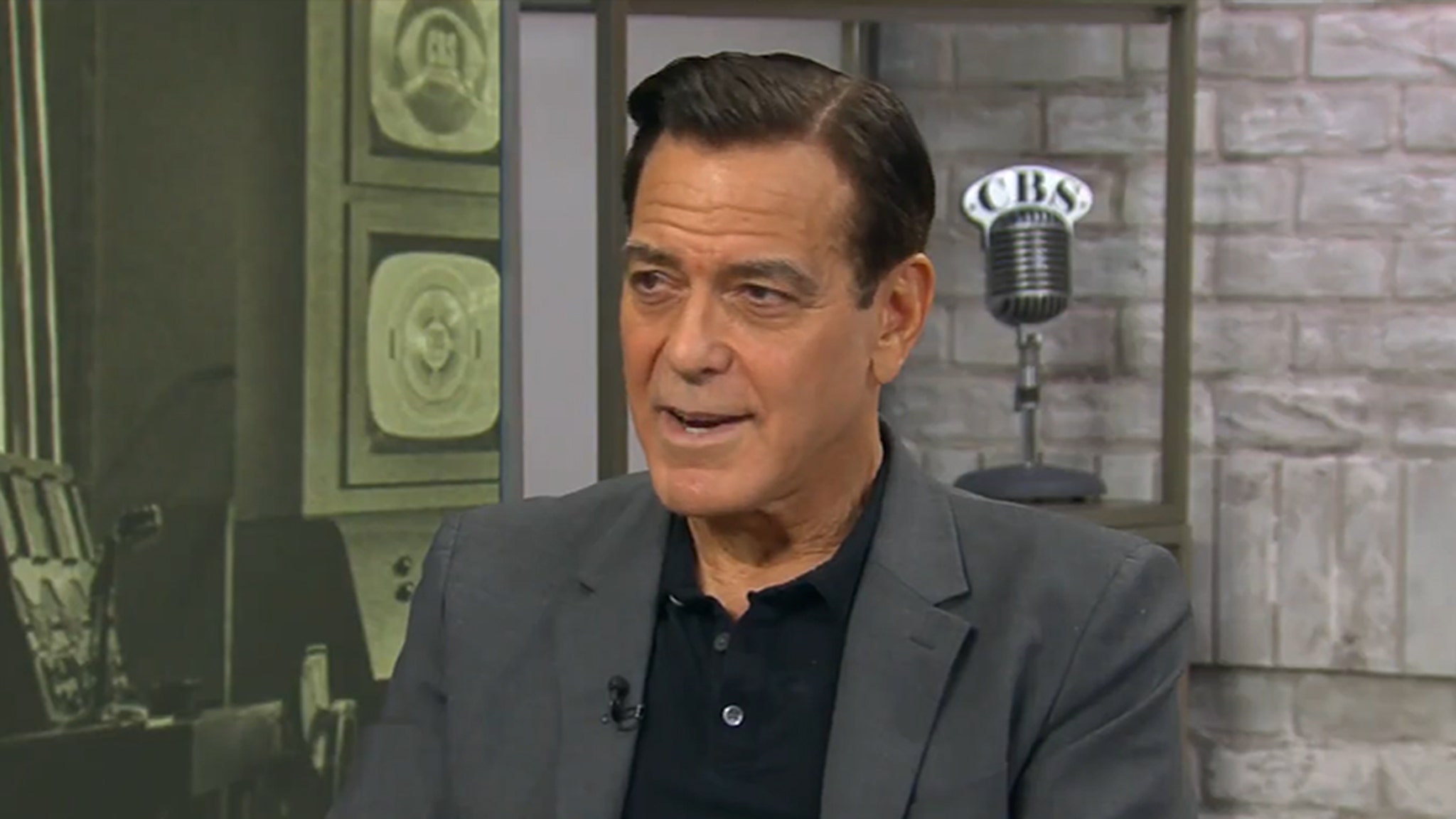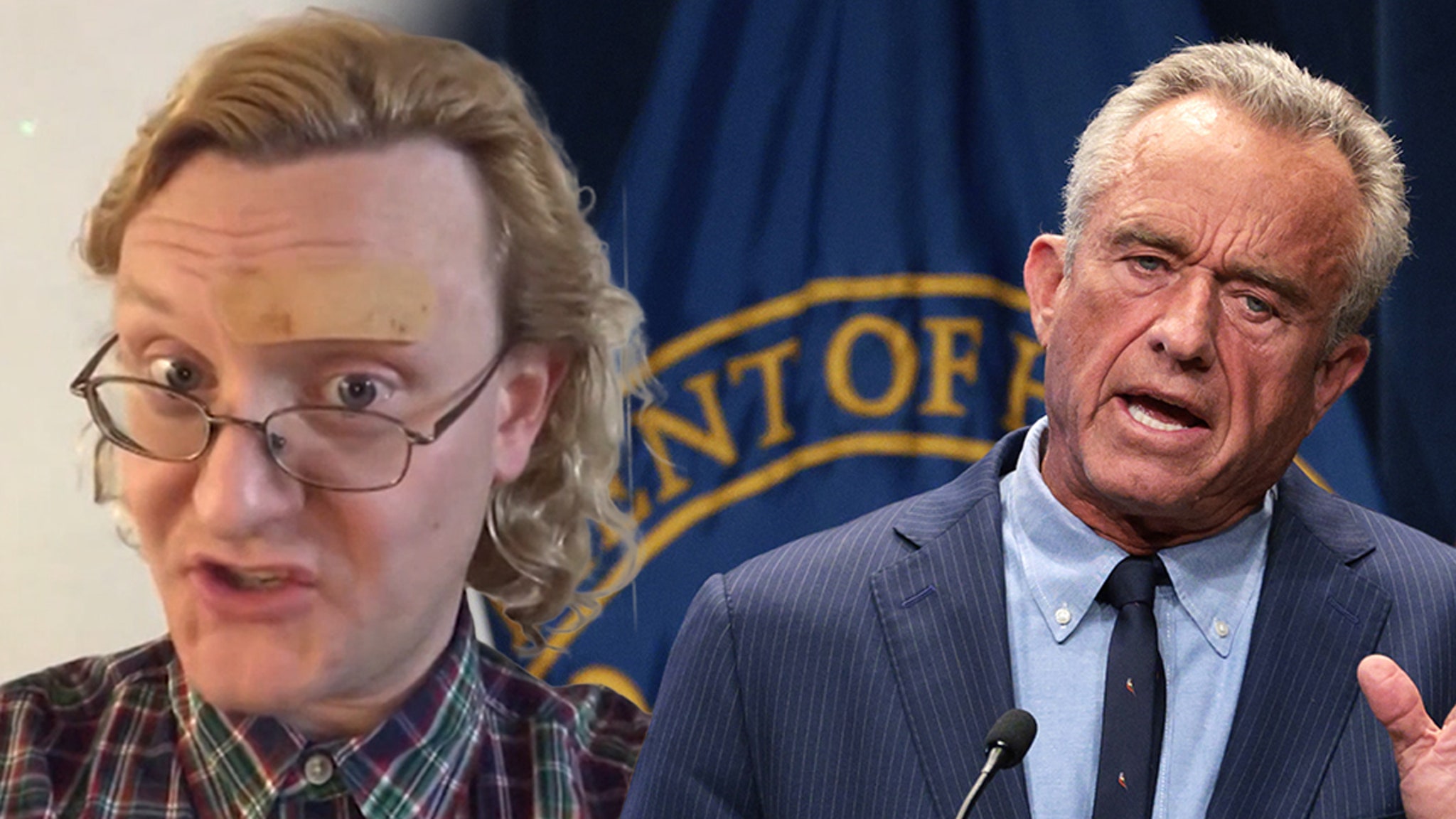Travel
How My Trip to Quit Sugar Quickly Became a Journey Into Hell

And from the more westerly of the two docks, it was possible to stare directly at the smaller, even more westerly, even more private dock reserved for the exclusive use of guests staying in the Vivamayr villa (which goes for 3,750 euros per night). My fellow regular guests and I squinted at the private villa dock and tried to discern the facial characteristics, or even the age, of the woman we saw there. (Impossible.) Constantly, people were eyeing one another to see if anyone was a celebrity. As nice and as expensive as Vivamayr was, just about everyone knew of somewhere even nicer and even more expensive, where even wealthier people could pay money for similar services; I overheard so much talk of such places that I eventually found myself thinking of Vivamayr as their rundown, dumpy cousin. Was this, I wondered, the key to Vivamayr’s success? Can the ultrawealthy be convinced of the program’s virtue only if their destination is, in some way, less than ideal?
When I’d chronicled my relentless pursuit of sweetness for my Vivamayr doctor, her eyes had sparkled like sanding sugar on grocery-store cookies cut in seasonal shapes. “I have something in mind,” she said at our first meeting: “Functional MyoDiagnostic” testing for “food intolerances.” I had no idea what the hell that was; sounded great.
On the appointed afternoon, I climbed steep sunlit stairs to her office. She bade me lie down on an exam table. I was to use my thigh muscles to move my knee toward my head, overpowering gentle pressure from her as she pushed the knee in the opposite direction. I moved it easily. She began tapping teensy smidgens of substances onto my tongue with the aid of a wooden depressor. After each deposit of crumbs, I was instructed to repeat the knee-to-head maneuver. If my tongue encountered a substance my body “does not like,” the doctor said, my muscles would get weaker for up to 20 seconds, before recovering. In this way, she would identify allergies, weaknesses and deficiencies in my diet. I moved my knee without any trouble until she placed a fine white powder onto my tongue; suddenly, I could barely push against her. “That’s actually what I thought,” she said.
My muscles had reacted poorly to a few crumbs of yeast, the doctor reported, which meant that my craving for sweets was caused by a fungal infection in my gut. The microorganisms of the infection, she explained, lived on sweets, and I was feeding them constantly. “We have to starve it out,” the doctor said, of the thing growing inside me. “You know what it means: No sweets. No yeast.” I would also have to take medication. I was staggered. What I had believed was my own preference was apparently the insatiable appetite of a foreign invader. “What would cause this?” I asked. The doctor believed I had had this infection “for a very long time”; perhaps it grew out of an antibiotic I took at some point in childhood, she said. She was “absolutely astonished,” that my body had not been further ravaged.
I was not ready to give up sweets just because I had lost control of my person decades ago to some alien fungus that had hijacked my mind in its relentless pursuit of sugar. Because I was functioning well with the infection, I wondered aloud, wasn’t there a risk that, if I tried to eradicate it, my body chemistry would fall out of whack? The only risk, the doctor said, was in continuing to allow it to flourish unchecked. “It might interfere with your intestines” if I kept it “too long,” she said. “It might really harm your bowels. And your sugar craving will never end.” If I successfully eradicated the infection, she added, my digestion, which was already good, might, in some way, become even better.





























